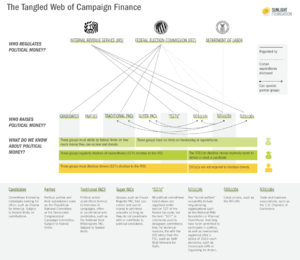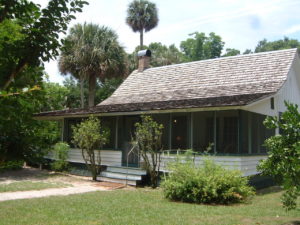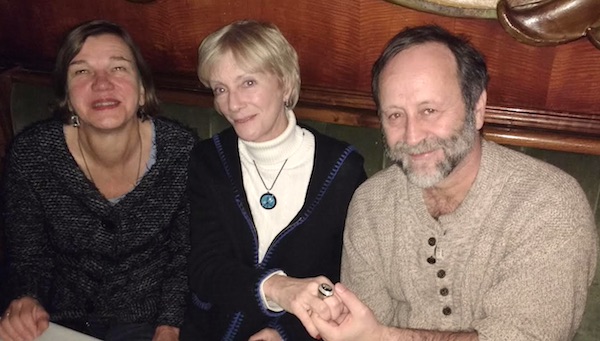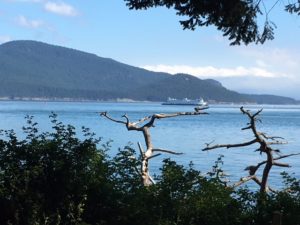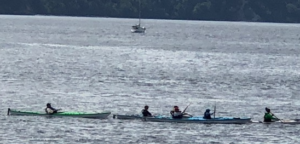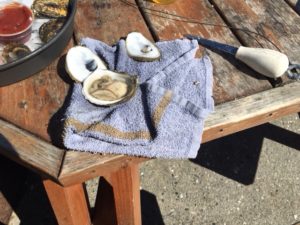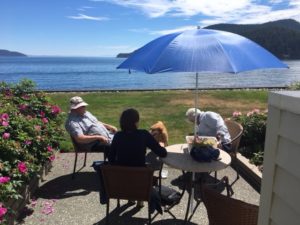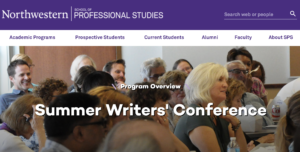Mondays with Mike: The root of all evil (in politics, anyway)
July 23, 2018 • 4 Comments • Posted in Mike Knezovich, Mondays with Mike, politicsIf you’re a Trump supporter, you think the whole Russian investigation is just sour grapes, a conspiracy of some sort, or that maybe a little of all of it is true but it’s no worse than stuff that’s happened in the past. Or it’s silly paranoia, sort of like the old movie, “The Russians are Coming the Russians Are Coming.” (Very funny movie, BTW, and Alan Arkin is fantastic.)
If you’re a Trump detractor, well, the entire famous dossier is true, the pee-pee tape will eventually play at a theater near you, Trump and most of the GOP are beholden to Russian oligarchs’ cash.
I’m more in the second camp, though I’ve been around long enough to presume that we may never know everything, and that both camps are going to be surprised and disappointed by some revelations.
However the specifics of the Russian meddling play out, I can say that I’m more worried about our country than ever. And the Russians are tangential to my concern.
I like to talk politics with our neighborhood buddy Marland, who leans independent with a libertarian streak. We disagree in our leanings but somehow on practical stuff we find more common ground than disagreement.
One of them is campaign finance. He wants full-out public financing of campaigns, as well as time limits. I agree wholeheartedly. And though it seems like an incredibly steep uphill battle, I really don’t know how I’m going to recognize my country again without it.
I was already concerned that, by the misbegotten Supreme Court decision known as Citizens United—rich Americans gained carte blanche in how much they can contribute. But we’ve learned that, partly because of that ruling, rich foreigners who are clever enough can do it, too. There’s a ton of evidence that Putnik oligarchs (really, oligarchs is kind—these guys are more cosa nostra) funneled a ton of money not only to Trump, but to a lot of GOP folks (in office and friendlies).
If you despise Hillary Clinton, still believe Obama wasn’t born in America, and think Mexico will pay for a wall—well even you should be worried about the money problem. Allowing rich people to have more influence in our elections than schmoes like me is already damaging. Allowing those with interests that are opposed to American interests is not going to end well.
I don’t mean to pick on Russia. But truth is, this is an awful precedent—and really, there’s nothing to stop another political party from, say, courting rich people/government figures in another not-necessarily-friendly to American country for financial support—just to balance things out. We essentially get other countries using our levers of government for their purposes.
Some people call for a constitutional amendment targeting the Citizens United ruling. Others think an amendment is either too difficult, or, as Laurence Lessig writes in an op-ed, it simply wouldn’t solve the problem. From the piece:
If the core problem is politicians beholden to their funders, then giving Congress the power to limit the amount spent or the amount contributed would not resolve it. Regardless of how much was spent, the private funding of public campaigns, even with limits, would inevitably reproduce the world we have now.
I lean toward Lessig’s opinion, and he proposes something that might work. I hope you’ll read it.
Spoiler alert: He and I are with Marland.
